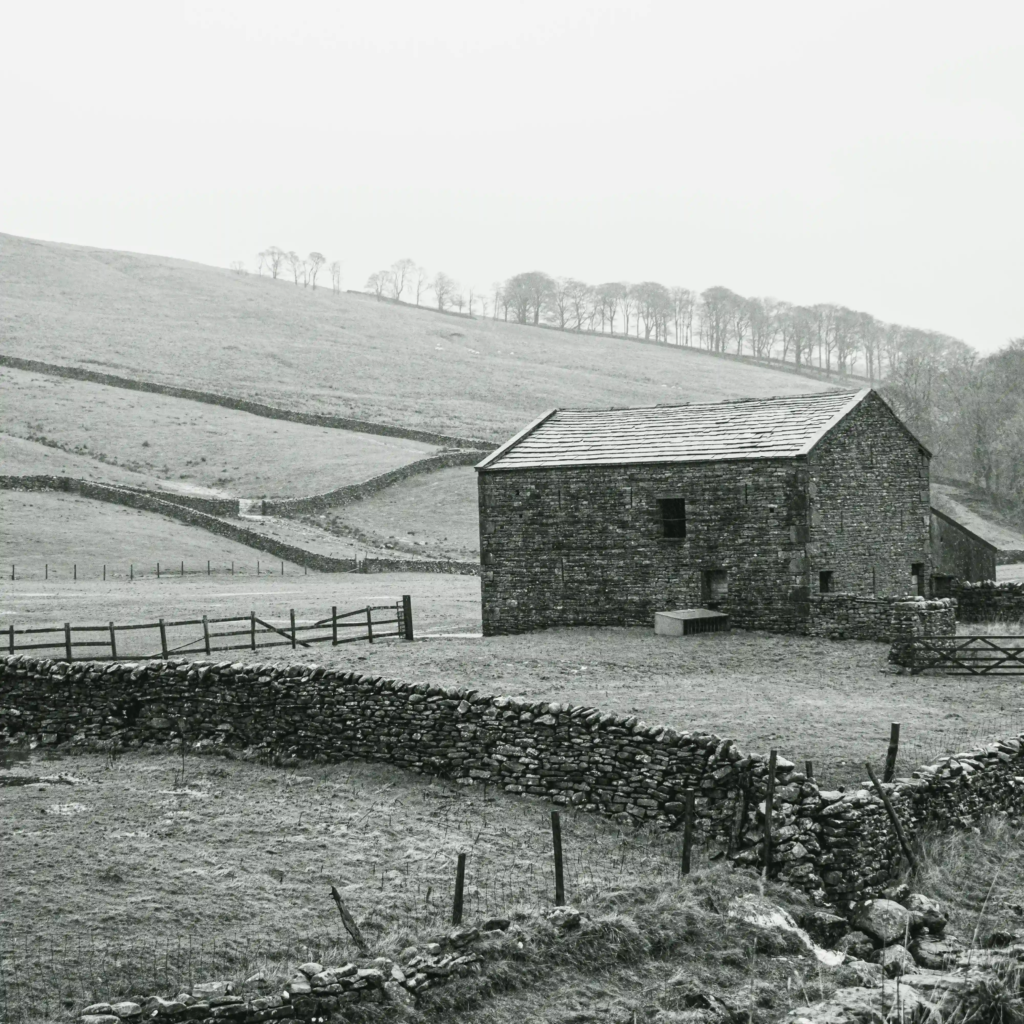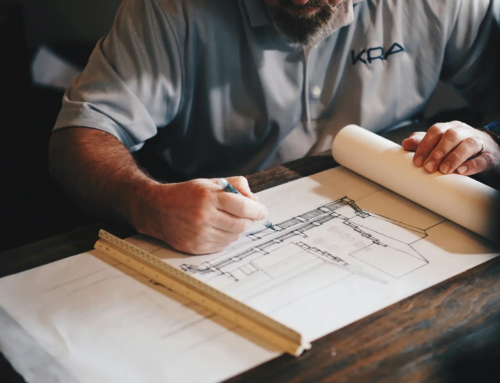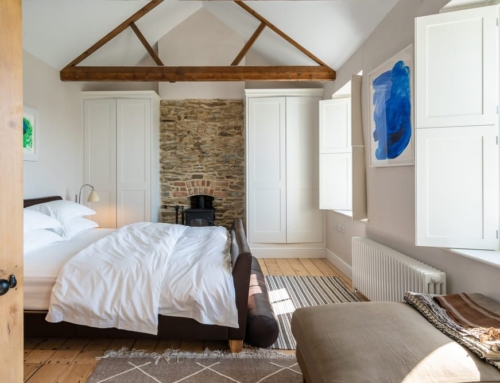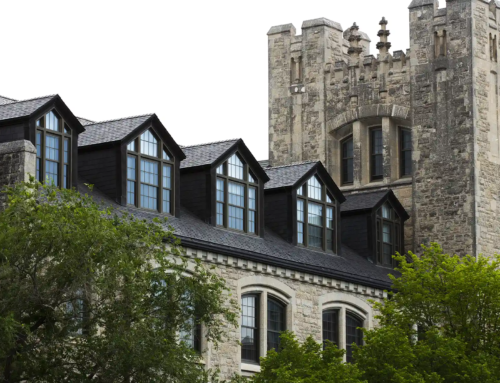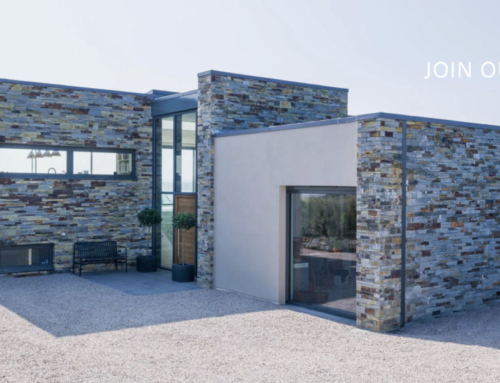Class Q conversion: From agricultural to residential
In recent years, there has been a significant increase in the demand for unique and characterful homes, prompting many to seek innovative ways to repurpose existing structures. A popular approach, especially in rural areas, involves the conversion of agricultural buildings to residential use. This method is referred to as a Class Q conversion, a permitted development right in the UK that permits certain agricultural buildings, like barns, to be transformed into residential properties without the necessity for a comprehensive planning application. The process can be complicated so it’s important to understand the class Q barn conversion rules and regulations, this blog will cover what a class Q conversion is, FAQ’s, legislation the approval process and more!
What is a class Q conversion?
Class Q facilitates the transformation of buildings located on or adjacent to agricultural units, such as farms, into residential properties without the requirement to seek planning permission. It is outlined in the General Permitted Development Order (GPDO) which encompasses the alteration of a building’s use or any land within its boundary, including the necessary operations for the conversion of the building, to Use Class C3 (dwelling houses). Although full planning permission is not required you do have to submit an application to your local planning authority to outline the proposed development with all class Q criteria being met.
FAQ’s
What is the 10-year rule for Class Q?
If your barn was constructed under permitted development rights, you must wait 10 years before starting a Class Q barn conversion. For barns or agricultural buildings erected on or after July 24, 2023, they must remain on the established agricultural unit for at least 10 years before being eligible for conversion.
How long does class Q approval last?
Class Q approval remains valid for three years. Once a Class Q prior notification application is approved, you have three years to complete the conversion. This differs from full planning permission, which typically imposes a deadline to begin the development rather than to finish it.
What is class Q in a conservation area?
Class Q conversions are not permitted on land which includes designated areas such as Conservation Areas, Areas of Outstanding Natural Beauty (AONB), The Broads, National Parks, and World Heritage Sites. Additionally, the building must not be located on a Site of Special Scientific Interest.
What is the difference between class Q and class E?
Class Q allows agricultural buildings to be converted into homes, while Class E covers flexible commercial, business, and service uses without new planning permission.

Recent updates for Class Q legislation
It’s important to note that class Q permitted development was updated on April 30, 2024, with the new regulations taking effect on May 21, 2024. Applications submitted on or after this date will need to comply with the updated rules detailed on this page. Key updates include an increase in the maximum number of new dwellings from five to ten. The allowable space for conversion has also expanded to 1,000 square meters. However, the maximum size for each dwelling has been reduced to 150 square meters. As a result, to create ten new dwellings under Class Q, each unit must now be 100 square meters.
Please note Class Q permitted development is not permitted for the following:
- Listed buildings
- Sites of scientific interest
- Article 2(3) land (AONB)
- World heritage sites
There are restrictions with converting agricultural buildings under the class Q scheme, such as the use of the building for purposes other than residential living is not permitted, and extending the footprint of a building is also not allowed under class Q conversions. Other conditions may apply, seek guidance from your local planning authorities.
Is your barn suitable for residential conversion?
Class Q conversion rules state that the agricultural building needs to be structurally strong enough to convert. It only allows changes to the building itself and doesn’t let you do any major structural construction work. Because of this, it is recommended that Class Q applications have a full structural survey done often called a ‘structural appraisal’. What you need for this survey can differ depending on the local planning authority—some might want detailed structural calculations, while others might just need an assessment from a qualified expert like a chartered structural engineer.
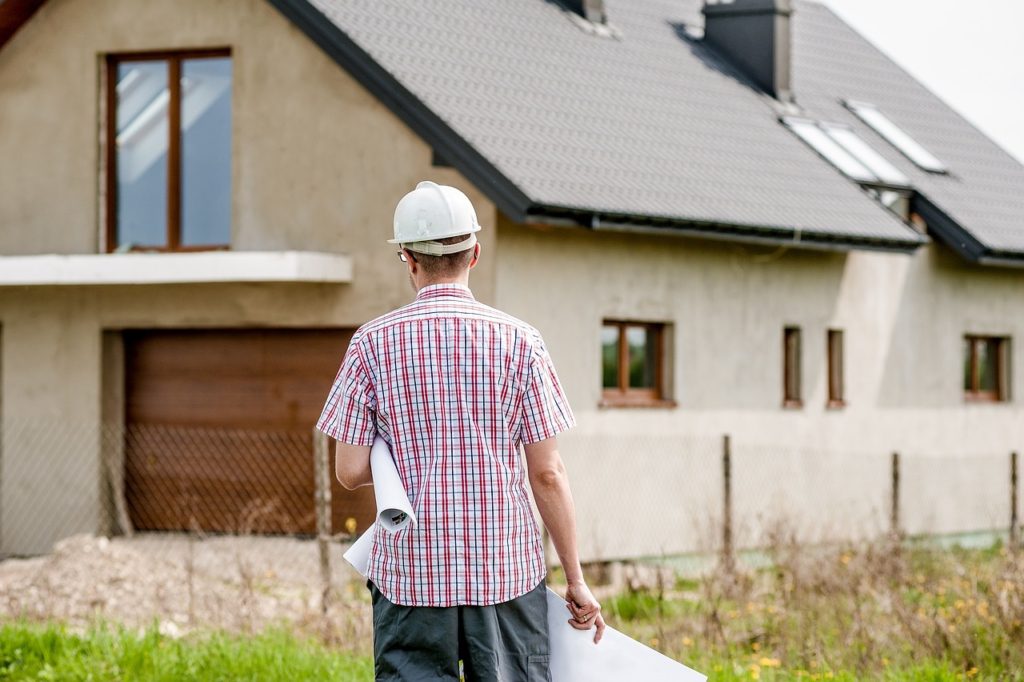
Class Q Approval Process
Even though Class Q conversions are allowed under permitted development, they still need to get “pre-approval” from the local planning authority. These class Q conversion steps make sure that the planned conversion satisfies the required standards and tackles any possible issues like:
Impact on Traffic and Roads – The effect of the conversion on local traffic and road access needs to be evaluated.
Risk of Flooding – The property should not be in an area at high risk of flooding unless there are adequate flood prevention measures.
Design and Look – Although not needing complete planning permission, the design and the look of the converted building must be suitable for its new use as a residential dwelling.
Noise & contamination Concerns – The possible noise disturbance to future occupants from nearby farming or other activities. The property and its land must also be free from contaminants that could be harmful to the residents.

Benefits of class Q conversions
Class Q conversions offer a path to achieving your dream countryside home by allowing you to transform agricultural buildings into unique, charming residences with fewer planning hurdles. This process not only provides design flexibility and character but also supports sustainable living, here are some other benefits of these conversions:
Preservation of Heritage – Converting agricultural buildings often helps preserve the rural character and history of an area, as these structures are typically rich in character and heritage.
Cost-Effective – Class Q barn conversions can be a more cost-effective alternative to new builds, as the basic structure already exists. (This isn’t always the case)
Simplified Planning Process – The permitted development rights under Class Q conversions streamline the planning process, saving time and reducing the complexity associated with obtaining full planning permission.
Sustainable Development – Reusing existing buildings is an eco-friendly option, reducing the need for new materials and minimising the environmental impact.
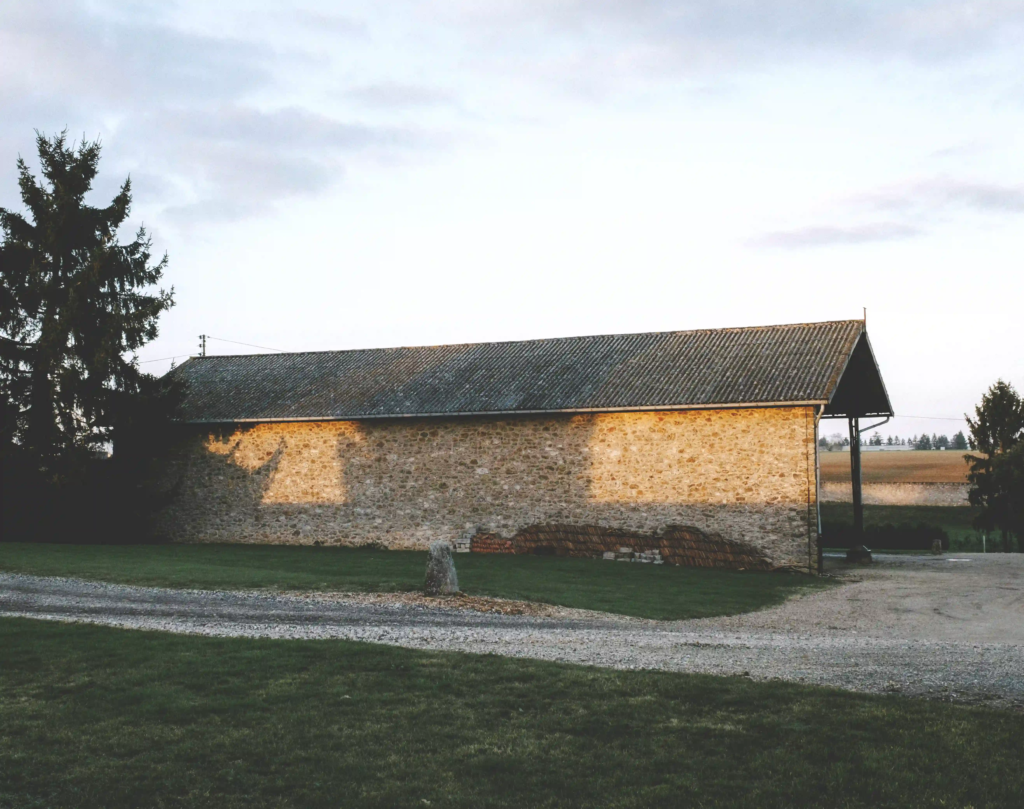
Conclusion
Converting Class Q buildings can result in distinctive and charming homes with original features that are difficult to achieve in new builds, but it also comes with its challenges. Modifying agricultural structures to comply with residential requirements could require significant changes to the building’s structure and design. Extensive research and planning along with getting advice from qualified class Q architects and contractors who follow local building regulations is essential to ensure the converted residence is safe and suitable for living.
